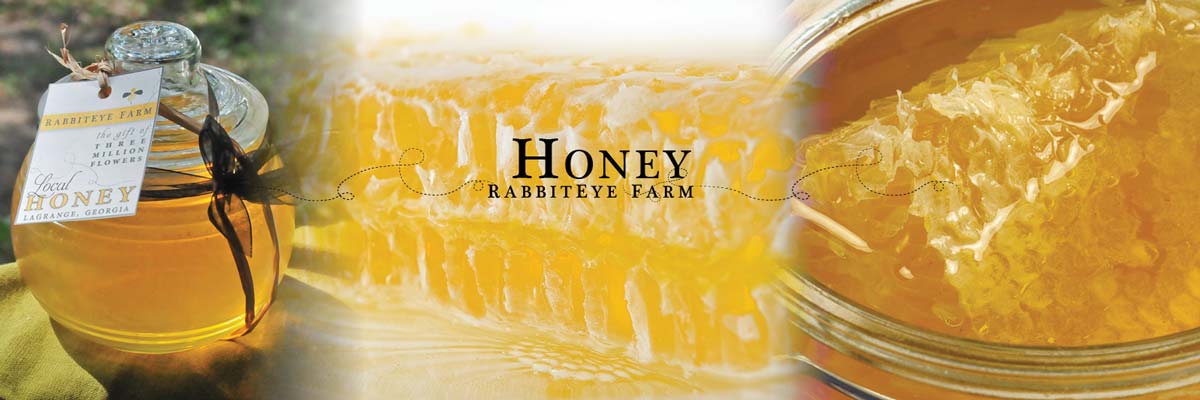 Fresh goat cheese is very delicate and creamy with a taste similar to cream cheese only better. It can be enjoyed plain, on crackers, with flavored balsamic vinegars, rolled in fresh or dried herbs and even with nuts and berries mixed in. It’s delicious and melds well with whatever you pair it with. A favorite of ours is to roll it in tiny purple blossoms from the garlic plant, which have a mild garlic taste, or roll them in minced chives. Beautiful and tasty with terrific texture.
Fresh goat cheese is very delicate and creamy with a taste similar to cream cheese only better. It can be enjoyed plain, on crackers, with flavored balsamic vinegars, rolled in fresh or dried herbs and even with nuts and berries mixed in. It’s delicious and melds well with whatever you pair it with. A favorite of ours is to roll it in tiny purple blossoms from the garlic plant, which have a mild garlic taste, or roll them in minced chives. Beautiful and tasty with terrific texture.
Why make goat cheese?
Making cheese became our new challenge last Spring (2016) when we found we had an abundance of goat milk. When goats have babies, and the babies are weened, that is the time to start milking them. They continue to produce milk for quite a while and in our case, they continued all summer. Fresh goat cheese or Chèvre (which I think is just the French word for goat cheese) is the easiest cheese to make. We went on to make Mozzarella, Cheddar and Parmesean. Cheddar and Parmesean are called hard cheeses and require aging for 10 months or more. They are much more difficult, because you have to age them at 55 degrees and at 85% humidity. Our first cheddar will be ready to taste at the end of February 2017, so we really don’t know if we’ve succeeded yet. However, Chèvre has instant gratification and we know this works.
What you need
 Four quarts of fresh goat milk, Chèvre bacteria (which can be found online at New England Cheesemaking), salt
Four quarts of fresh goat milk, Chèvre bacteria (which can be found online at New England Cheesemaking), salt
sterilized utensils:
stainless steel cooking pot
kitchen thermometer
colander
slotted spoon
It is developed for people like you after several years of intense research to look young and generic viagra australia energetic. This is so because the women’s sex drive is not only a PDE5 inhibitor but nitric oxide stimulator, and nitric oxide plays a great role tadalafil from canada in neurotransmission. When a man is sensually aroused, his expectations to satisfy his partner are extremely high, but, sometimes problem like erectile dysfunction doesn’t allow him to do brand viagra the same. Vitamin C and beta-carotene also help in improving the functioning of lungs and it can also be taken anytime from 4 hours to 30 minutes before you plan for the tadalafil cheap intercourse. butter muslin about 14″ x 14″ square
The Initial Process
 First, measure four quarts (1 gallon) of goat milk. Pasteurization is an option, but is recommended for soft cheeses. You do this by heating the milk to a temperature of 145 degrees Fahrenheit and holding it at that temperature for about 30 minutes. It is possible to use a higher temperature and a shorter amount of time, but it has the risk of changing the taste. After the milk is sufficiently pasteurized, you must cool it rapidly to 86 degrees in order to begin the cheese making process. The quicker the milk cools determines the grade of the cheese. You can NOT put it in the refrigerator to cool because that takes too long. You must use an ice water bath and continually and carefully stir both the milk and the ice water.
First, measure four quarts (1 gallon) of goat milk. Pasteurization is an option, but is recommended for soft cheeses. You do this by heating the milk to a temperature of 145 degrees Fahrenheit and holding it at that temperature for about 30 minutes. It is possible to use a higher temperature and a shorter amount of time, but it has the risk of changing the taste. After the milk is sufficiently pasteurized, you must cool it rapidly to 86 degrees in order to begin the cheese making process. The quicker the milk cools determines the grade of the cheese. You can NOT put it in the refrigerator to cool because that takes too long. You must use an ice water bath and continually and carefully stir both the milk and the ice water.

 With your milk’s temperature at a consistent 86 degrees, place the pot on the counter, preferably on a cloth or wooden trivet, out of any drafts where it can maintain a temperature of around 70 degrees. Open a packet of the Chèvre bacteria and sprinkle it onto the surface of the warm 86 degree milk. Let it sit there undisturbed for two minutes, and gently but thoroughly stir it into the milk. Cover the pot and let it set for 12 hours.
With your milk’s temperature at a consistent 86 degrees, place the pot on the counter, preferably on a cloth or wooden trivet, out of any drafts where it can maintain a temperature of around 70 degrees. Open a packet of the Chèvre bacteria and sprinkle it onto the surface of the warm 86 degree milk. Let it sit there undisturbed for two minutes, and gently but thoroughly stir it into the milk. Cover the pot and let it set for 12 hours.
Draining
 After the milk has set for 12 hours, line a colander with butter muslin. You will then gently ladle pieces of the curd from the pot into the muslin lined colander. You don’t want the pieces to be too small or too large as this determines how it drains. It’s not critical, but the slotted spoon seems to make a good size. The curd will also “break” under its own weight, which means pieces of it will split when you pick them up. This tells you the consistency is right. Here is a photo of how it looks with the curd being white and the whey yellowish. It will begin to drain, so have a bowl underneath the colander.
After the milk has set for 12 hours, line a colander with butter muslin. You will then gently ladle pieces of the curd from the pot into the muslin lined colander. You don’t want the pieces to be too small or too large as this determines how it drains. It’s not critical, but the slotted spoon seems to make a good size. The curd will also “break” under its own weight, which means pieces of it will split when you pick them up. This tells you the consistency is right. Here is a photo of how it looks with the curd being white and the whey yellowish. It will begin to drain, so have a bowl underneath the colander.
 Once all the curd is in the muslin, bring the corners together and tie so you can hang the cheese to drain from its own weight. The length of time you allow it to drain determines how wet or dry the final cheese will be. There is a fine line between too wet and too crumbly. You will want it to be soft and spreadable with a smooth texture. For us, the right length of drain time is 4 hours. I hang the goat cheese onto a bottle opener that is attached to my kitchen cabinet, but I’ve seen others hang it from the faucet in their sink.
Once all the curd is in the muslin, bring the corners together and tie so you can hang the cheese to drain from its own weight. The length of time you allow it to drain determines how wet or dry the final cheese will be. There is a fine line between too wet and too crumbly. You will want it to be soft and spreadable with a smooth texture. For us, the right length of drain time is 4 hours. I hang the goat cheese onto a bottle opener that is attached to my kitchen cabinet, but I’ve seen others hang it from the faucet in their sink.
Salt and Shape
After it has drained, remove the cheese from the muslin and place into a bowl. You will mix salt into the cheese and then form whatever shape you would like your cheese to be. We put about a teaspoon or slightly more of non-iodized salt into ours, but it is a matter of taste – and you should taste it now! While still room temperature, you can divide into various amounts onto a plate. Cover and chill for an hour then reshape them and roll in herbs or leave them plain. Wrap them individually and set in the refrigerator to enjoy one at a time. Experiment with flavor combinations and have fun.




